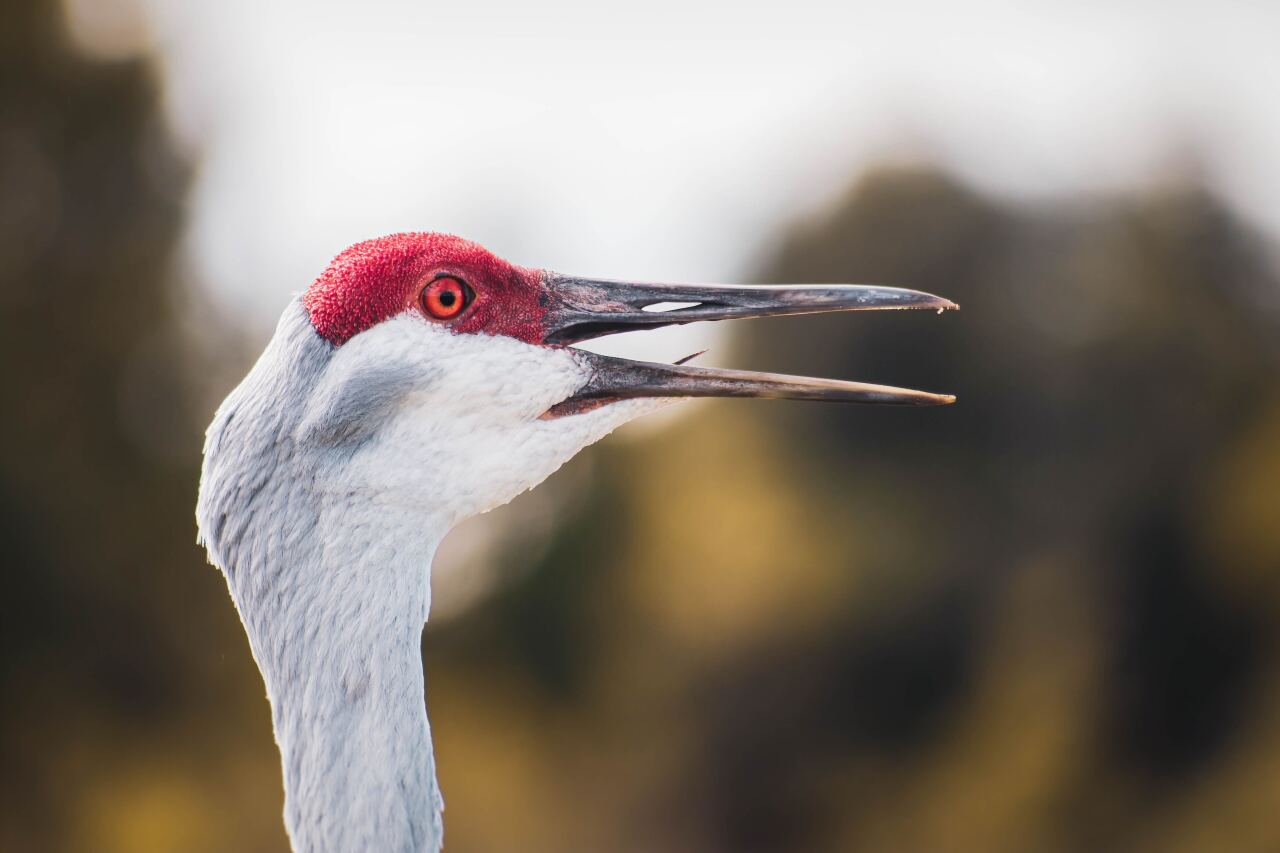PINELLAS COUNTY, Fla. — Florida Sandhill Cranes are among Florida’s most beloved birds. They can grow up to four feet tall, the size of a 7-year-old child, and have a unique way of flying with their necks fully extended.
FWC leaders have stepped up to protect Florida Sandhill Cranes by adding and keeping them on the endangered and threatened species list.
Wildlife rescuers tell ABC Action News that Florida Sandhill Cranes need all the protection they can get.
At Seaside Seabird Sanctuary in Indian Shores, people are always flocking in with injured birds in tow, keeping the sanctuary’s rehab hospital busy.
“Last year, we had 4,000 birds come through our facility, and we were able to successfully release 1,900 of those, so that’s a great success story,” explained Christina Chilbert, the Sanctuary’s Development and Marketing Administrator.

Some of those birds included Florida Sandhill Cranes, including one that was released (and tagged alongside FWC) by Seaside Seabird Sanctuary in October. Two others are permanent residents at the sanctuary because of their injuries. “Brad was hit by a car and has a left-wing injury. Then we have his friend Janet. She is missing the bottom part of her beak,” Chilbert said while showing the cranes.
“Sandhill Cranes they mate for life and only have two babies, two offspring a year, and sometimes not both of those will make it so knowing they have those low success numbers, in general, isn’t going to help but urbanization and loss of habitat is not allowing them to thrive,” Chilbert elaborated.

Cars pose the greatest threat to Florida Sandhill Cranes. Unlike other types of birds, Sandhill Cranes don’t always fly away when a car is headed toward them.
“They will just slowly walk away or stand in place, and people have to wait, and that patience level is not great with people, so they will plow down whole families sometimes. The number of deaths is outweighing what is being born right now,” Kris Porter at Owl’s Nest Sanctuary for Wildlife said.
FWC records show there are fewer than 5,000 non-migrating Florida Sandhill Cranes statewide right now. The birds stay in Florida year-round, while other Sandhill Cranes migrate seasonally.
“I’m afraid they’re not going to be around much longer if we don’t figure this out,” Porter added.
Wildlife experts hope FWC will create more penalties for those who deliberately feed the cranes or purposely hit them with their cars.
“I’ve had people give me license plates of people who have deliberately plowed through cranes and unless I have an FWC officer standing there watching it happen, we can’t do anything,” Porter elaborated.
The Florida Sandhill Cranes are often found in areas with mowed grass like golf courses, parks and even medians along roadways because it’s easier to find food in those areas.

They are highly susceptible to being fed, which can cause the birds to change their behavior and come into contact with people more often.
“People don’t understand that tossing up that one loaf of bread can change that crane for the rest of its life,” Porter explained.
Wildlife rescuers are urging everyone to look out for the Sandhill Cranes on our roadways, keep from feeding them and be especially wary in areas of new construction where the birds may have been pushed out of their habitat.
“It’s disheartening to know they’ve made it to this point when they are needing more protection when we probably should have protected them prior to this so knowing they are out there and they are being protected is super important and good and beneficial to us here,” Chilbert said.
The pair of Florida Sandhill Cranes at Seaside Seabird Sanctuary is serving a greater purpose.
Chilbert said the birds will foster any baby Sandhill Cranes brought into the sanctuary and act as foster parents to raise them for the first nine to 10 months of their lives.
“Having the Sandhill Cranes here and using them as foster parents to show them the ropes while they are rehabilitating and before we release them back into the wild is super important,” she added.




